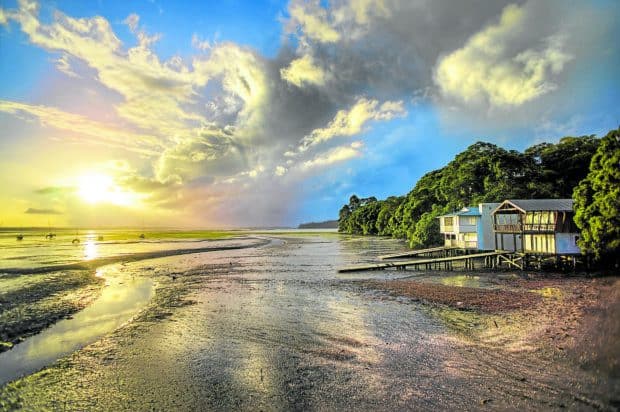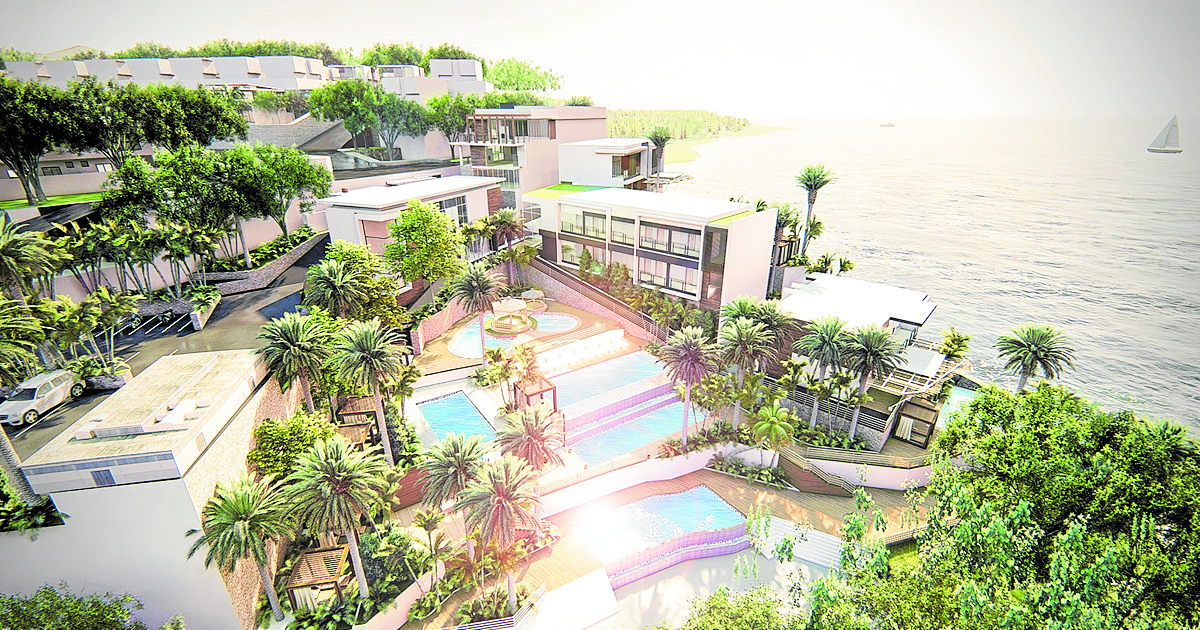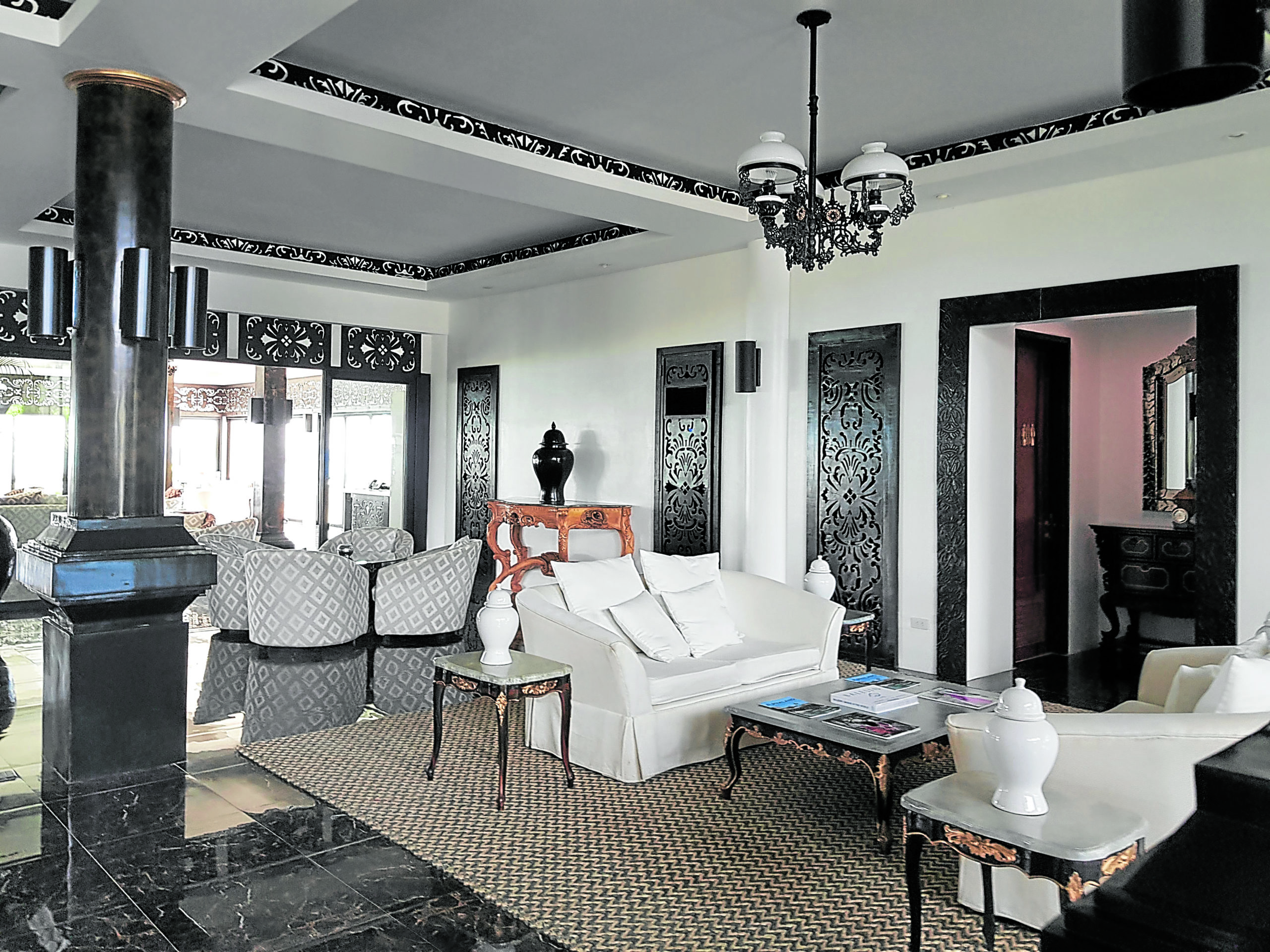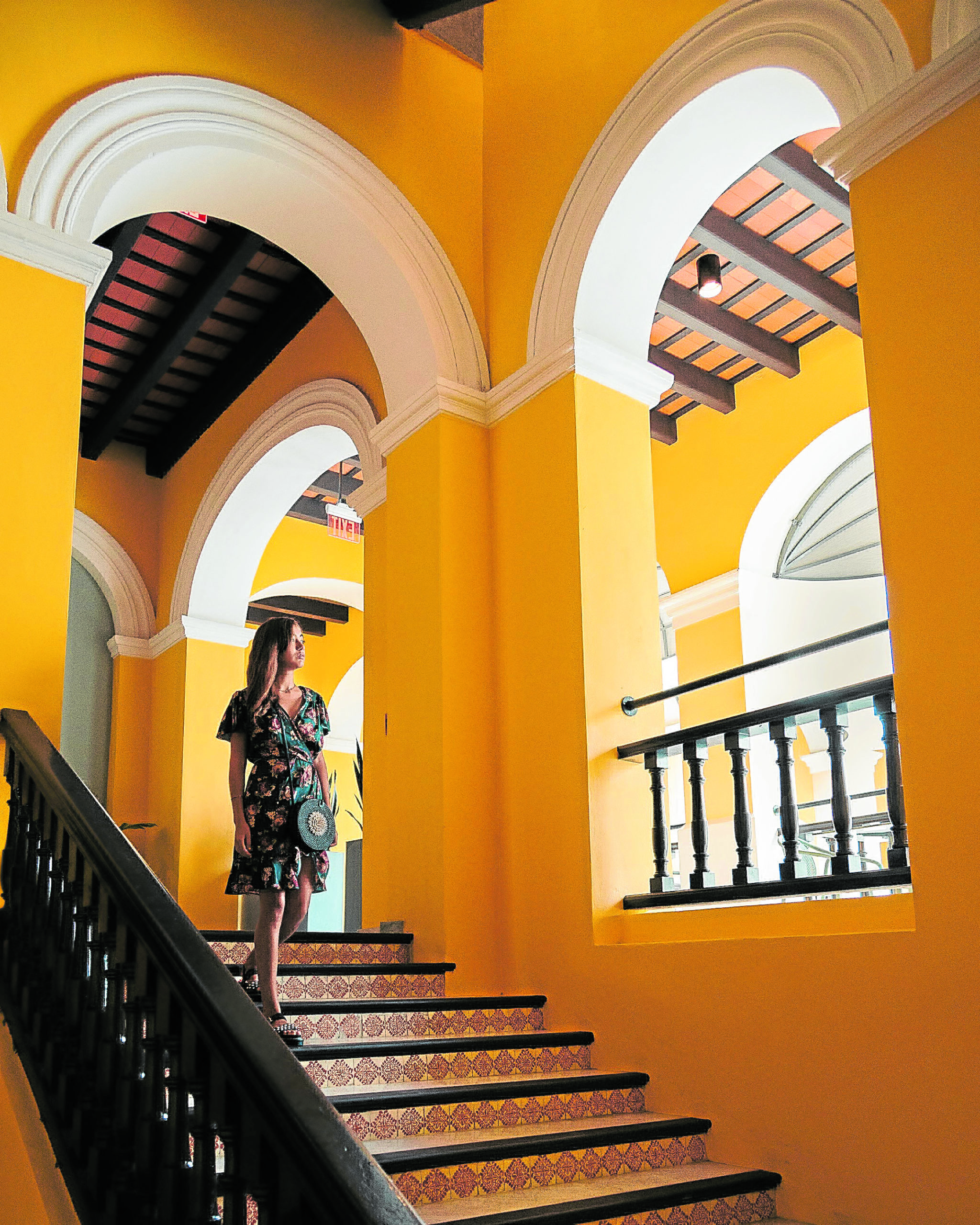
The allure of a true beach house lies in its ability to offer coastal views and fresh sea air. It should mimic the feeling you get from being near coastal waters.
Contrary to popular belief however, creating that perfect beach house is less complex than it sounds. Some of the best beach houses use basic planning and design concepts that focus on providing a calming and relaxing ambiance. At the end of the day, a beach house should feel chic yet functional, sophisticated yet warm and welcoming.
Keep the summer spirit alive all year round with these simple design tricks that instantly read endless summer.
Let there be light
Remember that not all beach houses are on waterfront properties. Some can even be too narrow. This is why a careful site analysis is important so you can maximize the site’s natural qualities by orienting balconies, windows and roof decks in strategic locations.
By connecting indoor and outdoor spaces in all ways possible, it is easy to achieve the airy, light and open atmosphere that typical beach houses are well-known for. Amid generous openings however, do not forget to incorporate additional window hardware like blinds, shutters or louvers to protect your home from the bright rays of the sun or to ensure privacy. These can also help in taming the sudden surge of strong, gusty winds that enter your house.

As vast as the ocean
The expansiveness of the ocean can be reflected in your home by simply adapting an open floor plan. Aside from encouraging clutter-free spaces and flowy movements, an open floor plan also helps to distribute natural lighting and ventilation throughout your home.
If you’re working from home, however, you might need as much privacy as possible. You can easily tone down an open floor plan by opting for a more minimalist approach that does not heavily rely on structural partitions. You can achieve this by having a streamlined design mainly consisting of simple lines, layout and features free from ornate and vintage elements.
The power of white
Combinations of white and blue may remind us of the ocean the most, but in beach house design, white is more than enough. Akin to minimalist styles, it adopts a “less is more” approach that also favors neutrality over boldness. It is more synonymous with the calmness of the ocean. Using white as your home’s anchor color also greatly complements the rest of the design principles used in beach house design.
Just as how the ocean shows its strength during the most unexpected times, you can show your beach house’s uniqueness by adding more specific themes. For example: incorporating accents of blue-green gives off a country coastal vibe; crisp white and stark blues create a Med-like style; whereas combining sky blue and bright coral creates an exotic coastal mix.
Balancing hard, soft textures
In choosing furniture for your beach house, remember that it has to be casual, comfortable and easy to use. At first, you might subconsciously opt for natural furniture such as rattan or wicker chairs. While it appears to be a sound decision, it is easy to go overboard and make the place look too monotonous.
Adopt the diversity of beach life by balancing hard and soft textures for your furniture. For example, a rattan coffee table can be balanced by white, slip-covered sofas to match the open, airy feel of your floor plan.
Bringing coastal shores in
As cliché as it sounds, nothing says beach house design more than seaside accessories like woven finishes, glass bottles, shells, found objects and such. The key here is to keep them interesting, minimal and subtle. Identify a couple of coastal elements that match your chosen theme the most and take your lead from there.
Behind calm waters
Sure, the stunning vistas and fresh seaside air might immediately encourage you to have your own beach house. Owning a beach house does come with a handful of wavy encounters.
For one, beach houses are prone to upsurge flooding, which is why raising your house elevation by adding stilts is almost a default. Another is the low resistance to rust, weathering and corrosion due to prolonged saltwater exposure, which is why materials such as anodized aluminum, protective coats and treated materials are preferred.
Beach houses can also be challenging to maintain. You’re most likely to deal with the salty sea mist, sand and other seaside debris on a regular basis. To minimize these, you can opt for tiled or concrete floors that are resistant to almost anything. For stilted wooden beach houses, timber floors are also a good option as long as they’re annually treated with appropriate sealants.
A multi-sensory experience
Remember the thrilling yet relaxing feeling of finally going back to the beach after years of urban living? How about a child’s memory of visiting the beach for the first time? Whether your dream beach house is a white-washed timber cottage or a modern glass-laden palace, it all boils down to how you define your own summer, as well as the memories you attach with it.
The author is the principal architect of Fulgar Architects, an architectural firm helping local and international property developers get into unique and diversified planning and design specialties for real estate, hospitality, condominiums, commercial and mixed-use township developments. Visit Fulgararchitects.com
Article and Photo originally posted by inquirer last May 1, 2021 3:04am and written by Ar. John Ian Lee Fulgar.









More Stories
Weekend wanderer: This walk in Manila is a trip to art and to our past
Enjoy no-frills camping in the great outdoors in Tanay
Landco Pacific raises the bar for premium resort and leisure living